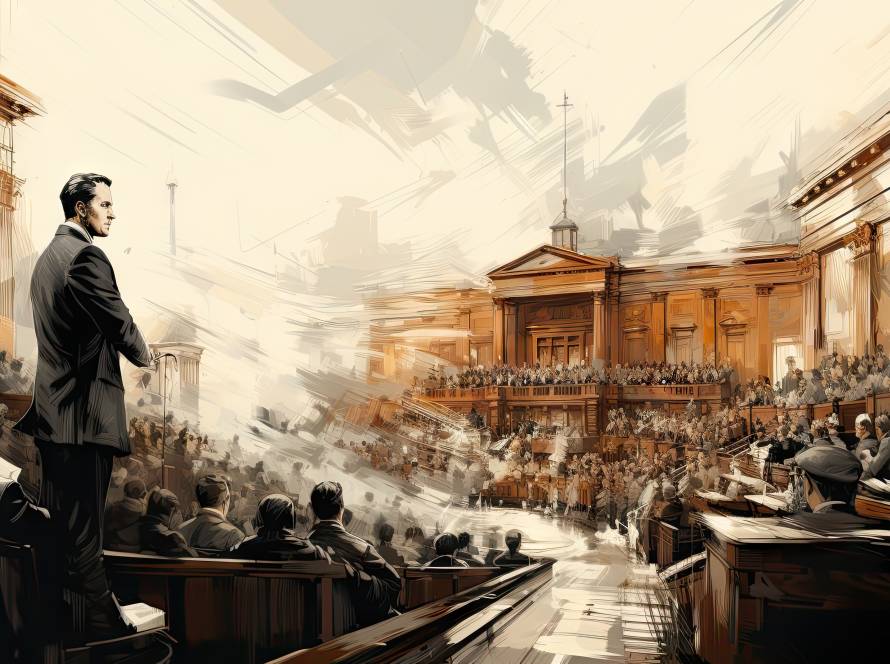John D. Hushon’s “The Tax Collector’s Good News” is a rich tapestry of historical events, personal journeys, and profound themes. In this blog, we delve into the major themes and symbolism woven throughout the novel, exploring how they enhance the narrative and deepen the readers’ understanding of the characters and their world.
Major Themes
1. Faith and Spirituality
Faith is the cornerstone of “The Tax Collector’s Good News.” The novel explores the evolution of personal and communal faith amidst the socio-political upheaval of the first century. Characters like Matti and Micah grapple with their beliefs, seeking guidance and strength in their spiritual journeys.
In Chapter Thirty, Matti’s dedication to documenting the Gospel reflects his deepening faith:
“Work on writing the Gospel continued. Matti found himself at the center of the efforts, his faith and determination inspiring those around him. The process was challenging, but Matti’s resilience never wavered.”
This passage illustrates how faith drives the characters to persevere despite numerous challenges, symbolizing hope and spiritual resilience.
2. Redemption and Forgiveness
Redemption is a recurrent theme in the novel, particularly through the character arcs of those who have strayed from their paths and seek forgiveness. The idea that redemption is attainable through faith and actions is a powerful message conveyed throughout the story.
Chapter Thirty-Eight provides a poignant moment of redemption:
“Matti’s heart swelled with a sense of accomplishment and relief as he proclaimed the Gospel. It was not just the culmination of years of work but a personal redemption, a way to honor his father’s legacy and his own spiritual journey.”
This scene underscores the theme of redemption, portraying it as a multifaceted process involving personal growth and the fulfillment of one’s purpose.
3. Clash Between Roman and Jewish Cultures
The tension between Roman and Jewish cultures is a significant backdrop in the novel. This clash impacts the characters’ lives, influencing their decisions and interactions. The novel portrays the struggles of maintaining cultural identity and faith under Roman rule.
In Chapter Nineteen, the cultural clash is vividly depicted:
“As they arrived in Antioch, the city’s sprawling markets and diverse populace were immediately apparent. The streets were filled with merchants from across the empire, and the sounds of different languages created a vibrant tapestry of daily life.”
This passage highlights the cultural diversity and the inherent tensions between the occupying Romans and the local Jewish population, setting the stage for the characters’ struggles and adaptations.
Symbolism
1. The Second Temple
The Second Temple serves as a powerful symbol throughout the novel. Its destruction represents the end of an era and the profound loss felt by the Jewish people. For the characters, it symbolizes both the physical and spiritual challenges they must overcome.
In Chapter Thirty-Six, the temple’s symbolism is poignantly explored:
“The Roman legions destroyed the Second Temple, exiling Jews and leaving Jerusalem in ruins. For Matti and his companions, the loss was not just physical but deeply spiritual, shaking the very foundations of their beliefs.”
This passage uses the temple’s destruction to symbolize the upheaval and transformation in the characters’ lives and their faith.
2. The Caravan Journeys
The journeys undertaken by the characters, particularly the caravans, symbolize the broader spiritual and personal quests. These physical journeys mirror the internal struggles and growth experienced by the characters.
Chapter One sets the tone for this symbolism:
“After several days of renewing acquaintances—primarily with those with whom Matti had studied at the Torah school hosted at Ben Jacob, visiting the Temple again to offer sacrifice and gossiping with the family, word arrived that the expected caravan from the south had decamped at the synagogue in Bethany.”
The caravan’s progress reflects the characters’ personal journeys, embodying their hopes, challenges, and transformations.
3. Parchments and Writings
The parchments and writings in the novel symbolize knowledge, faith, and the preservation of cultural and religious identity. Matti’s dedication to documenting the Gospel highlights the importance of these symbols.
In Chapter Thirty, the significance of the writings is evident:
“Matti’s meticulous efforts in documenting the Gospel were not just about recording events but preserving the essence of their faith for future generations.”
This focus on writings symbolizes the transmission of faith and knowledge, emphasizing their enduring impact.
Conclusion
“The Tax Collector’s Good News” is a novel, rich in themes and symbolism, offering readers a deep and multifaceted narrative. Through its exploration of faith, redemption, and cultural clashes, John D. Hushon provides a compelling insight into the human condition and the historical context of the first century.
By decoding the themes and symbolism within the novel, readers gain a greater appreciation of the characters’ journeys and the profound messages woven into the story. Dive into “The Tax Collector’s Good News” to uncover a narrative where history and spirituality converge, revealing timeless truths about faith and resilience.

